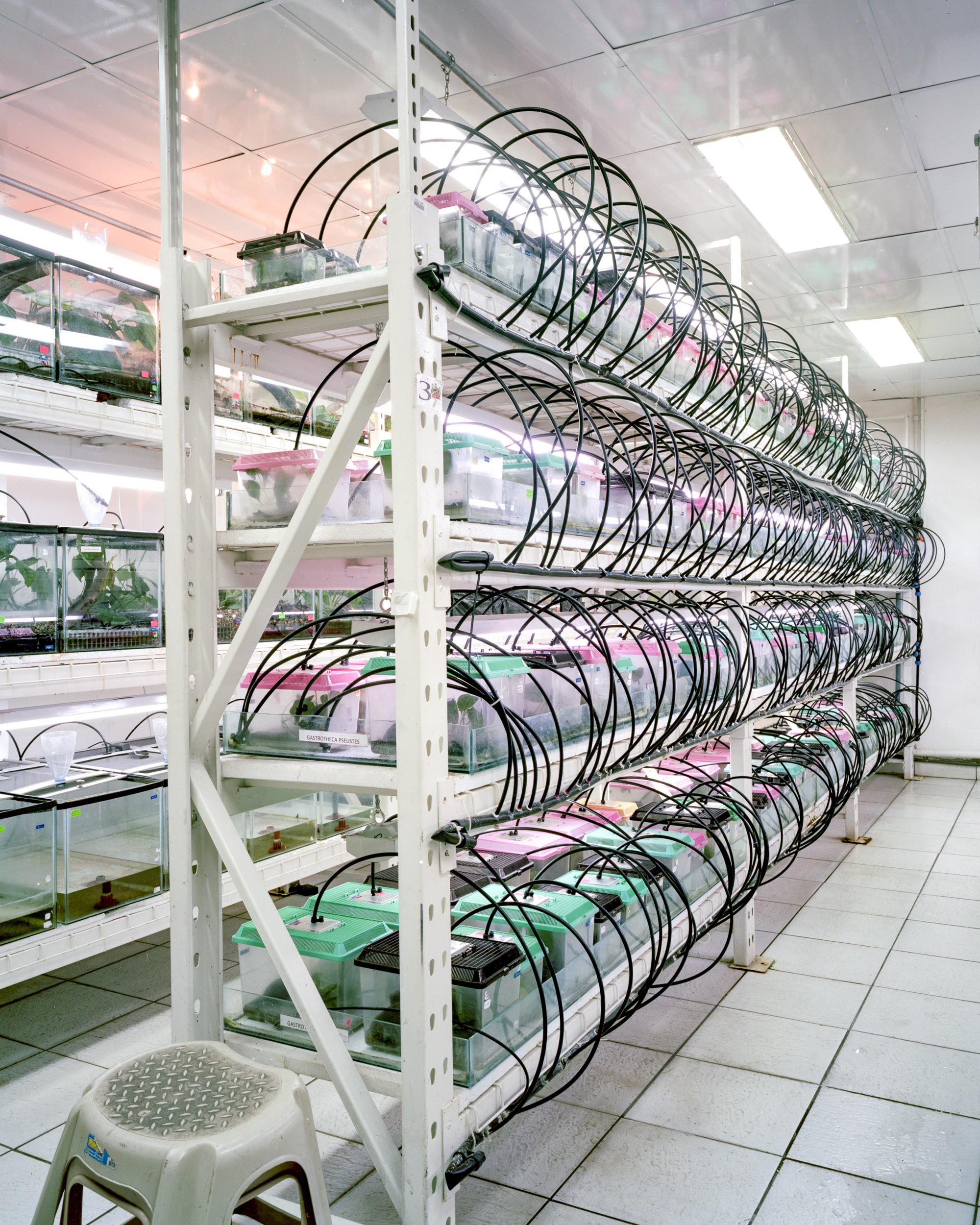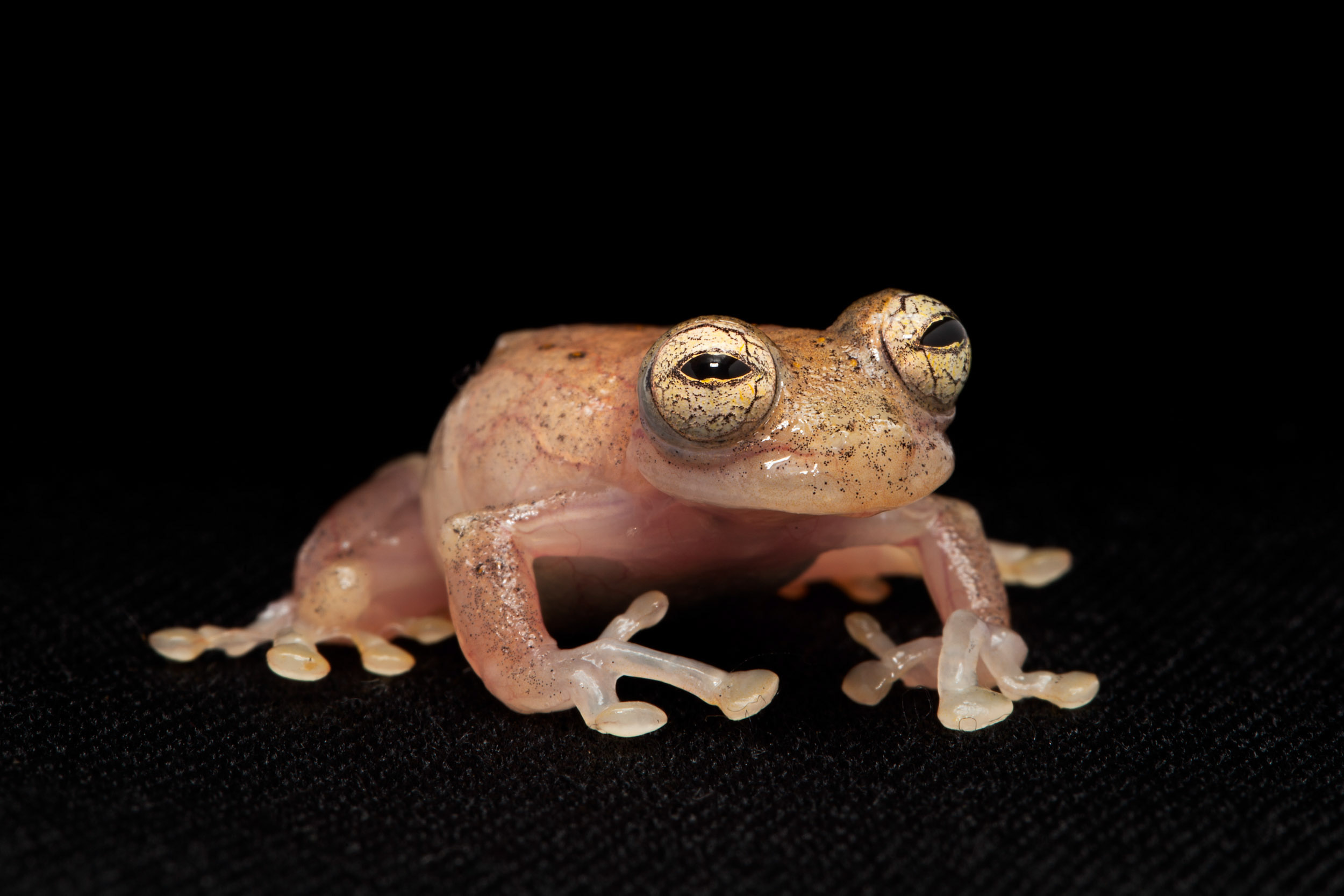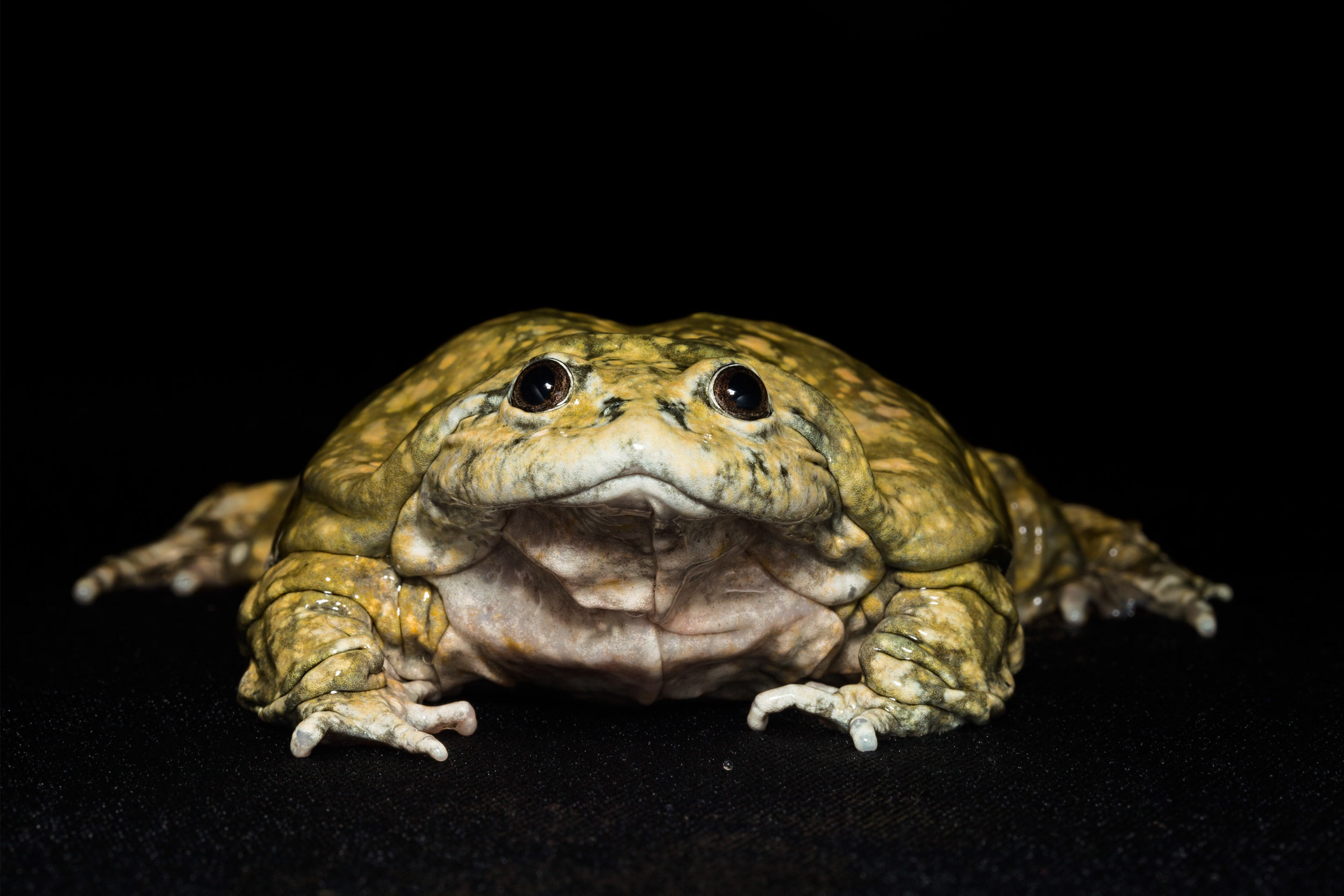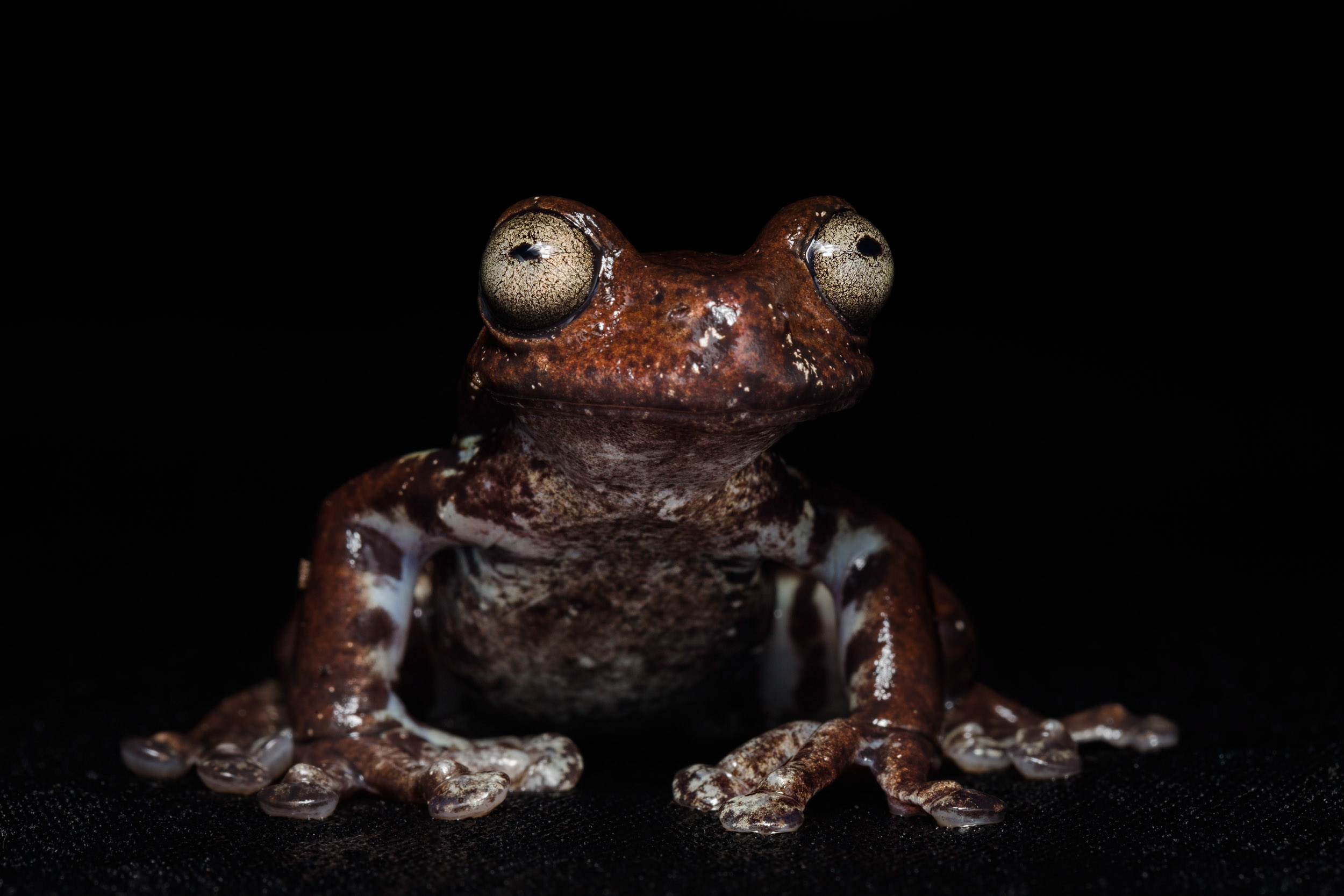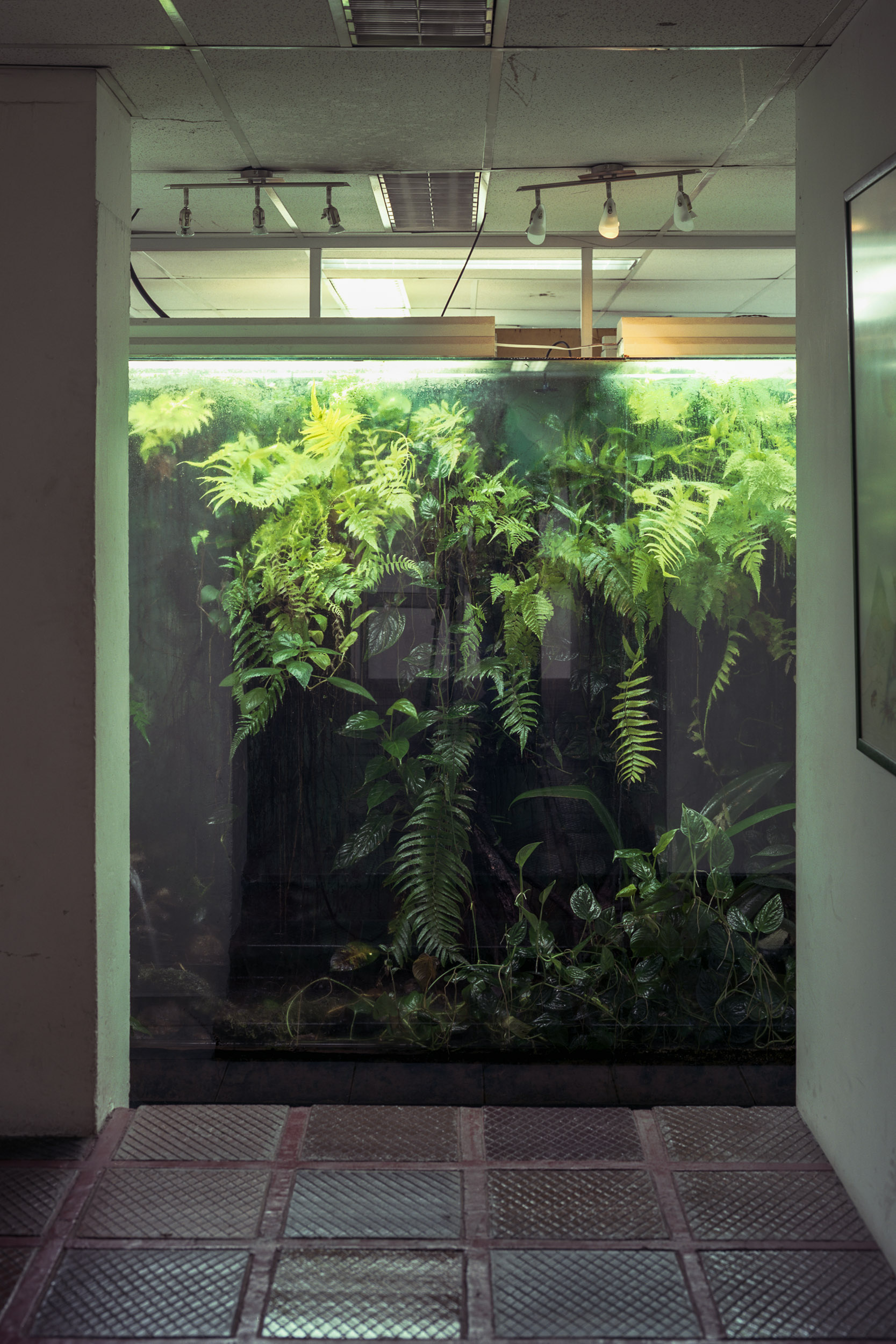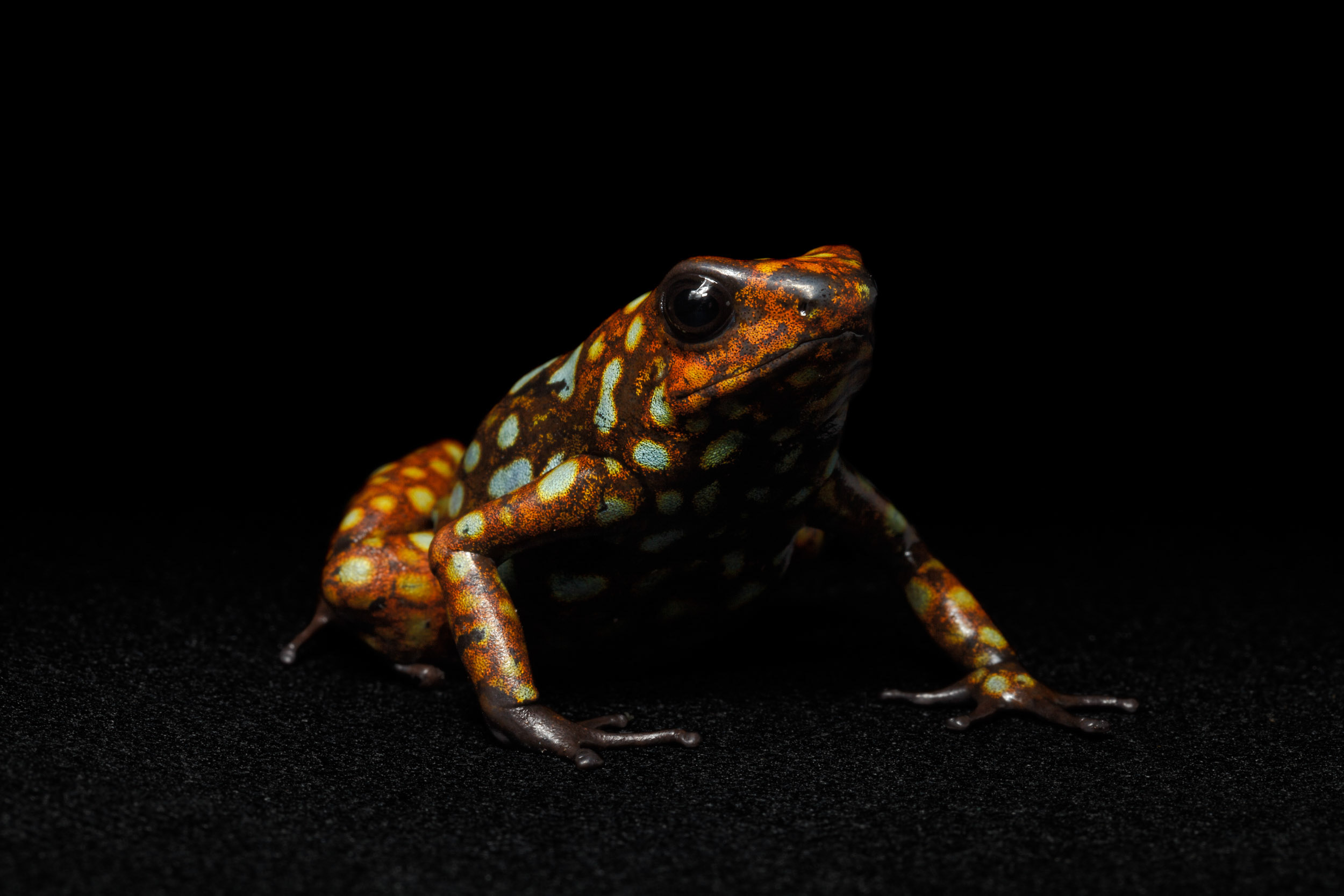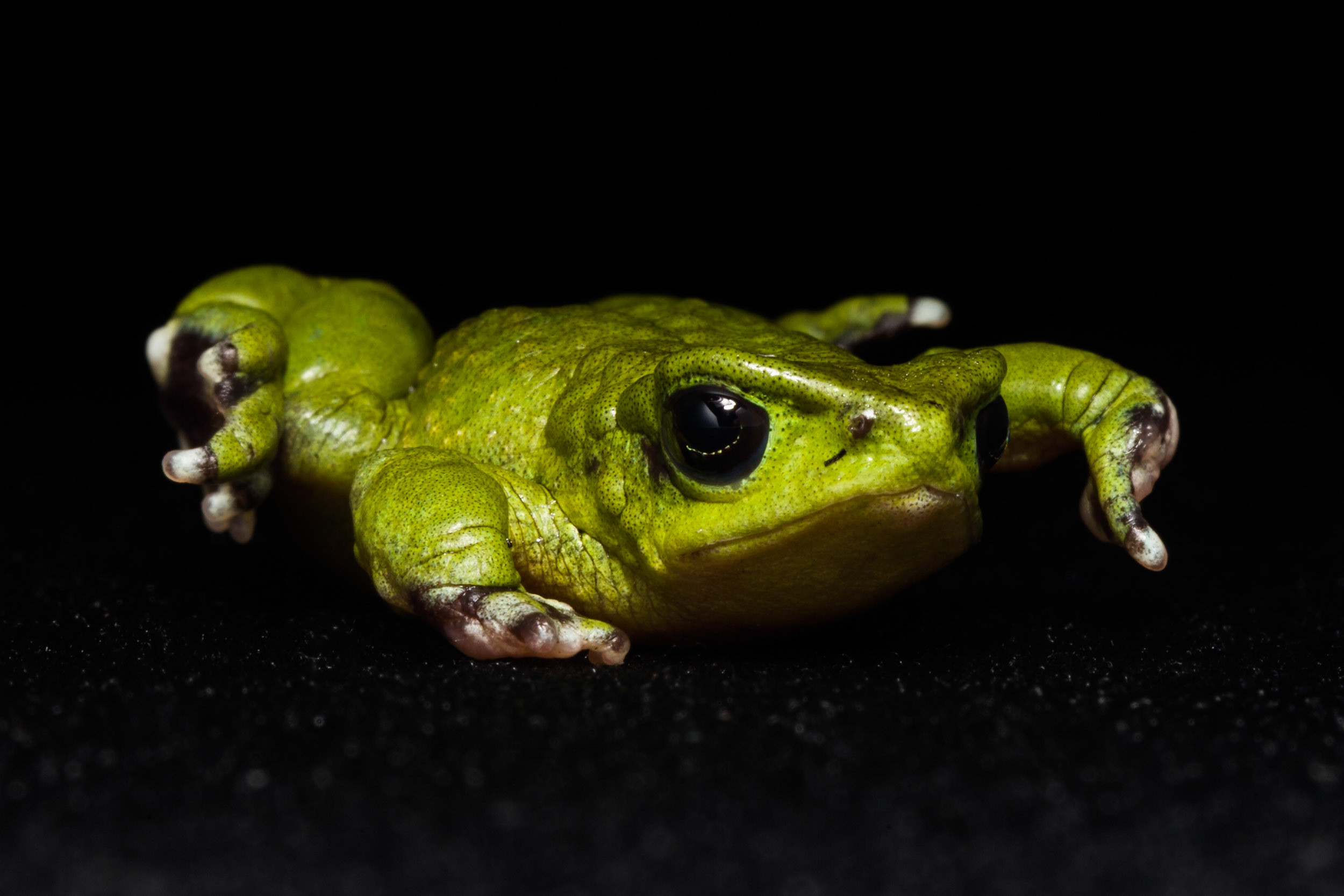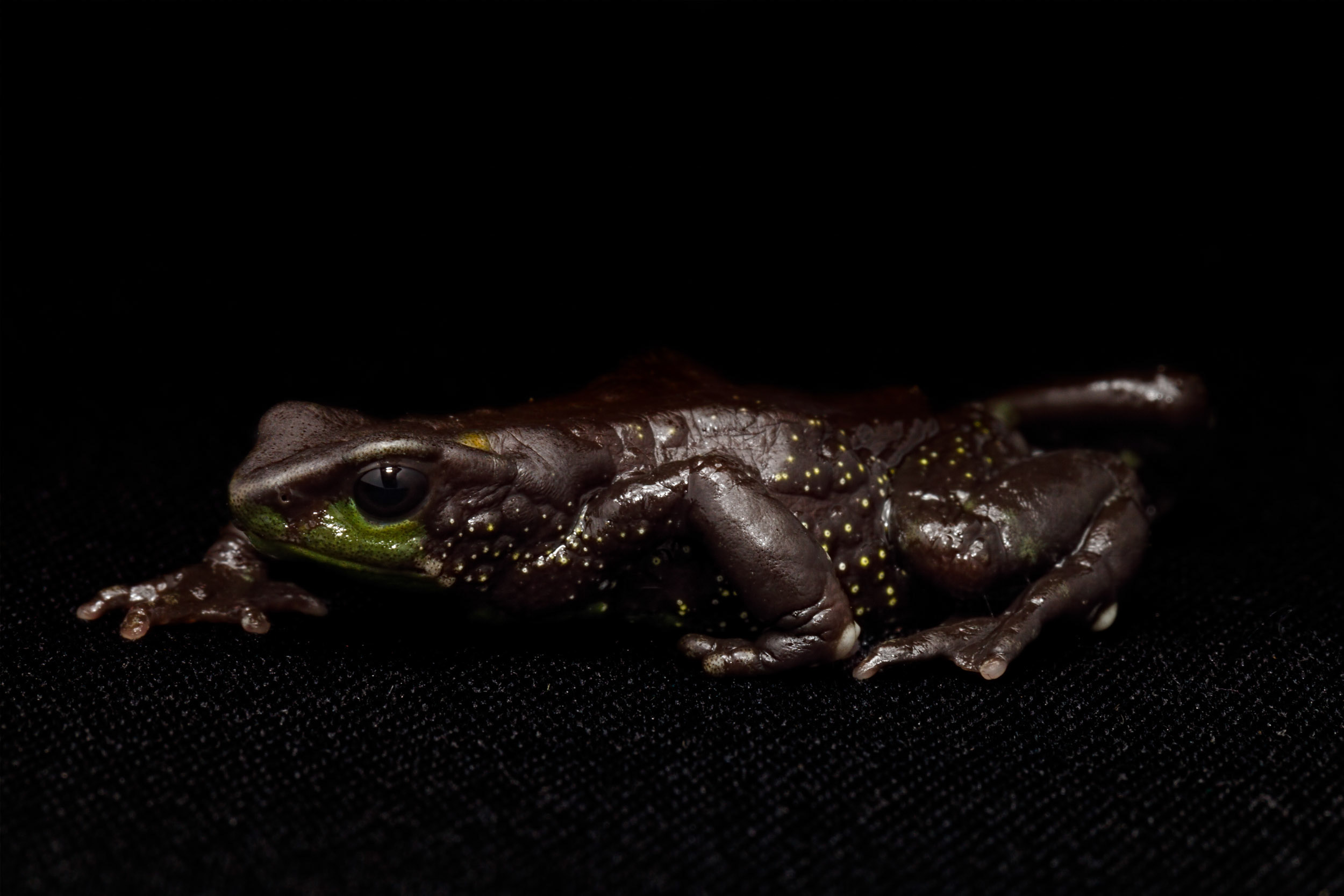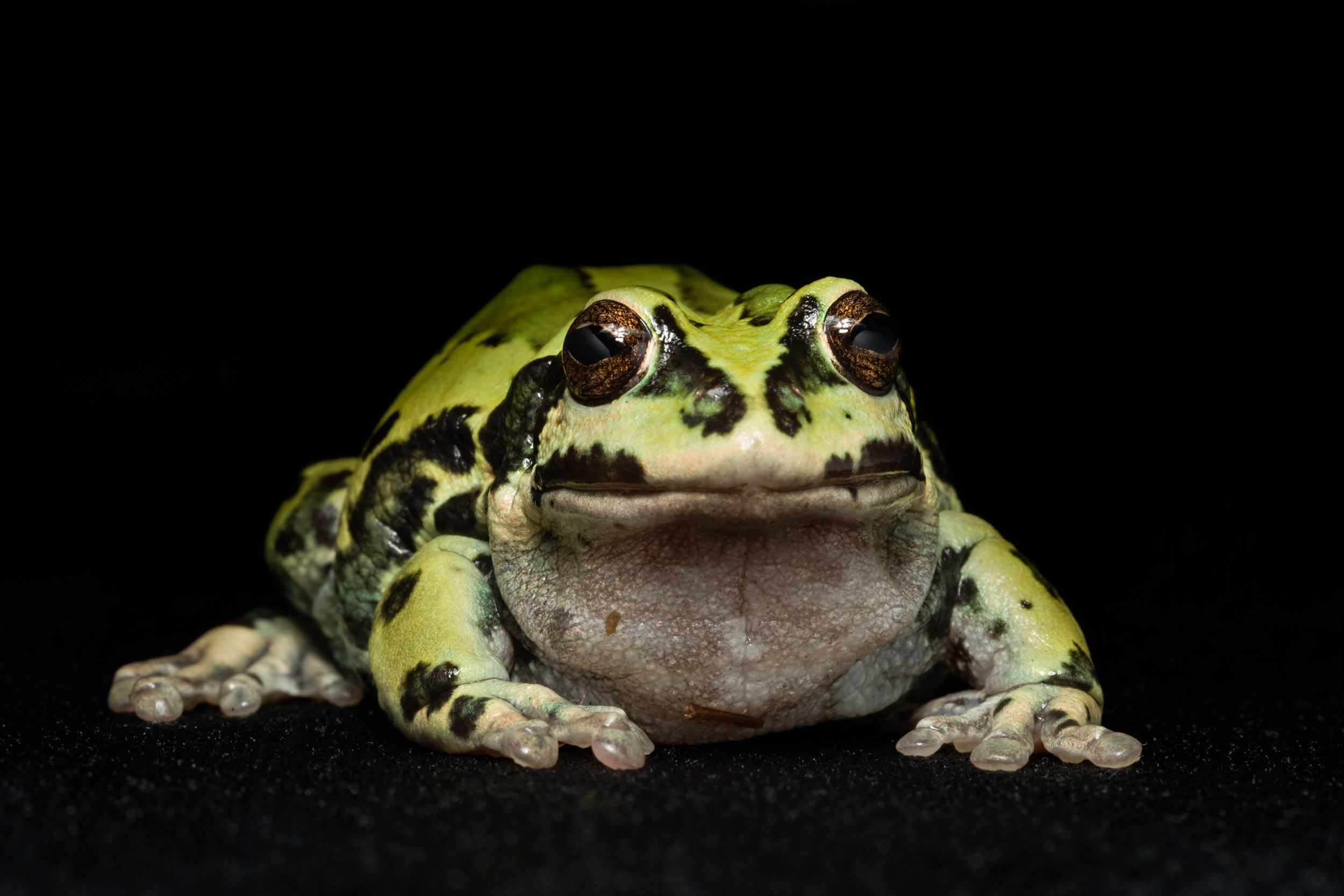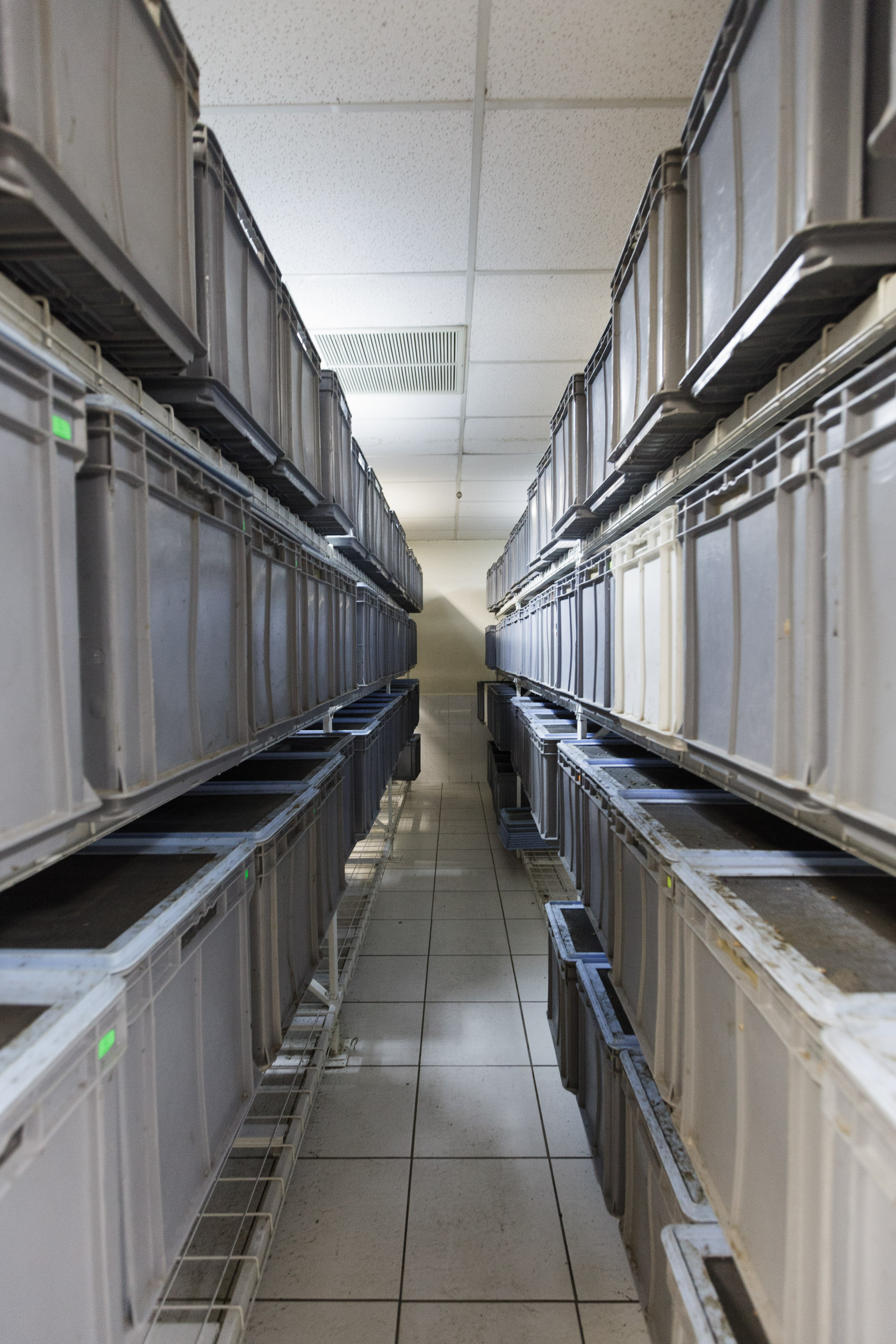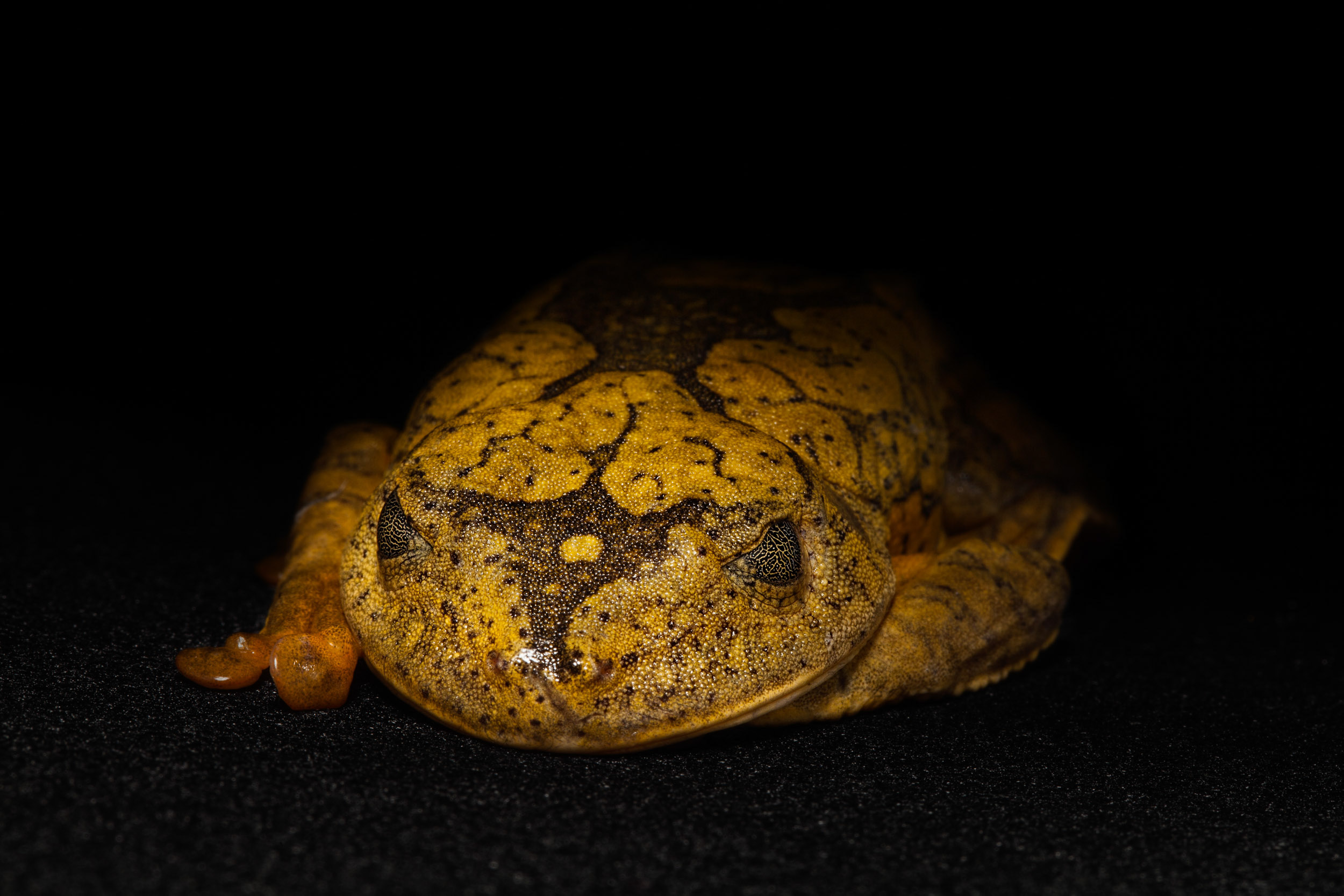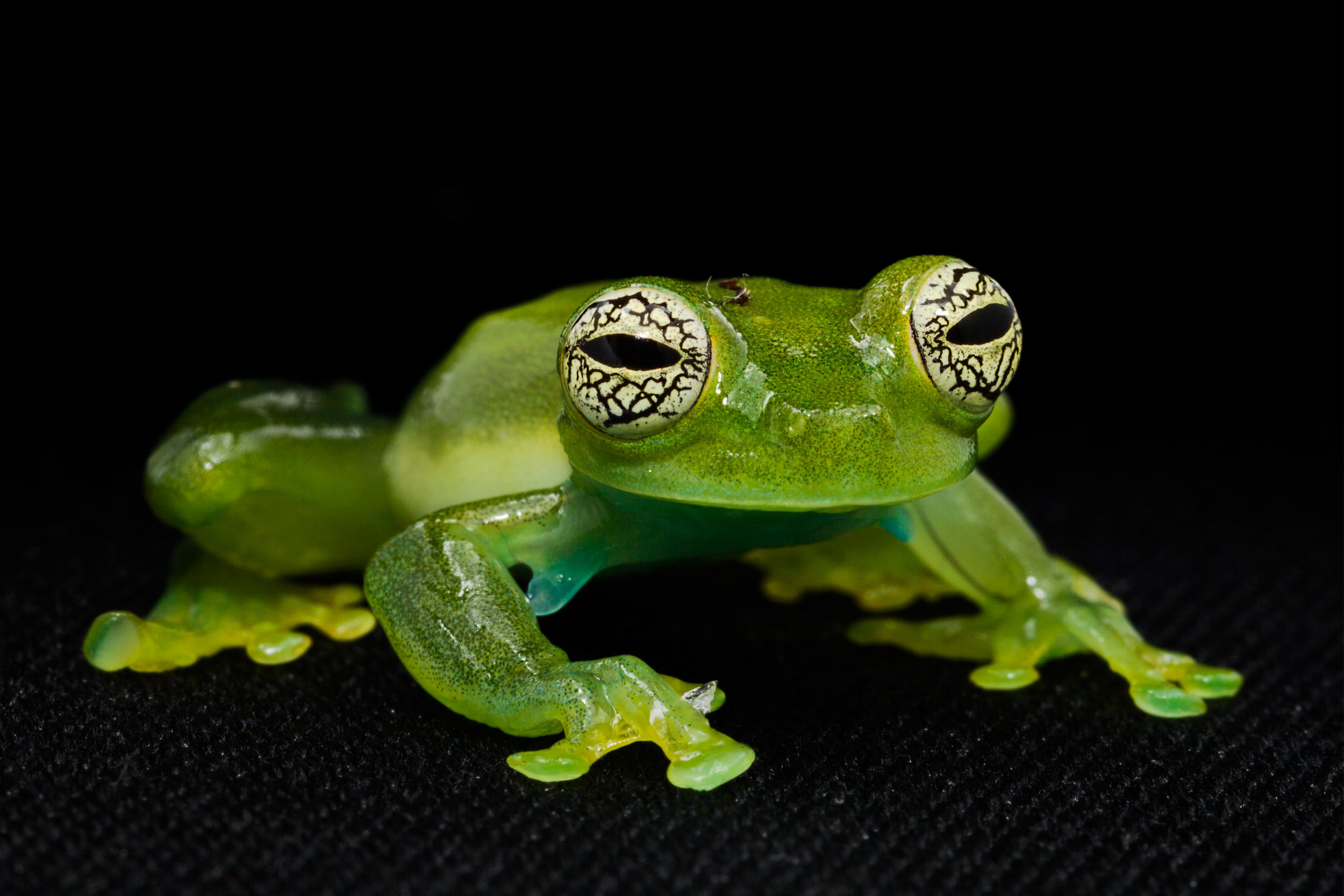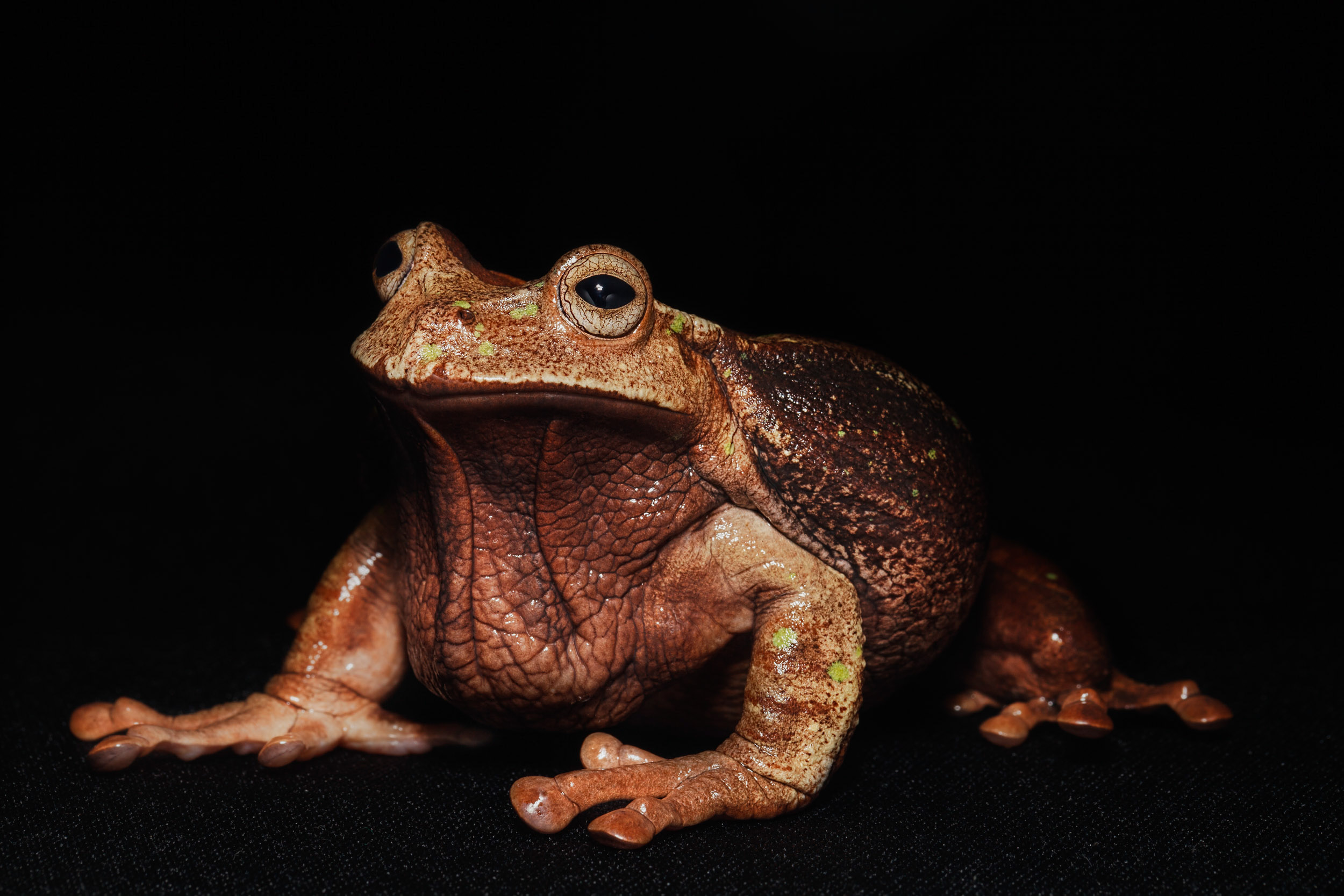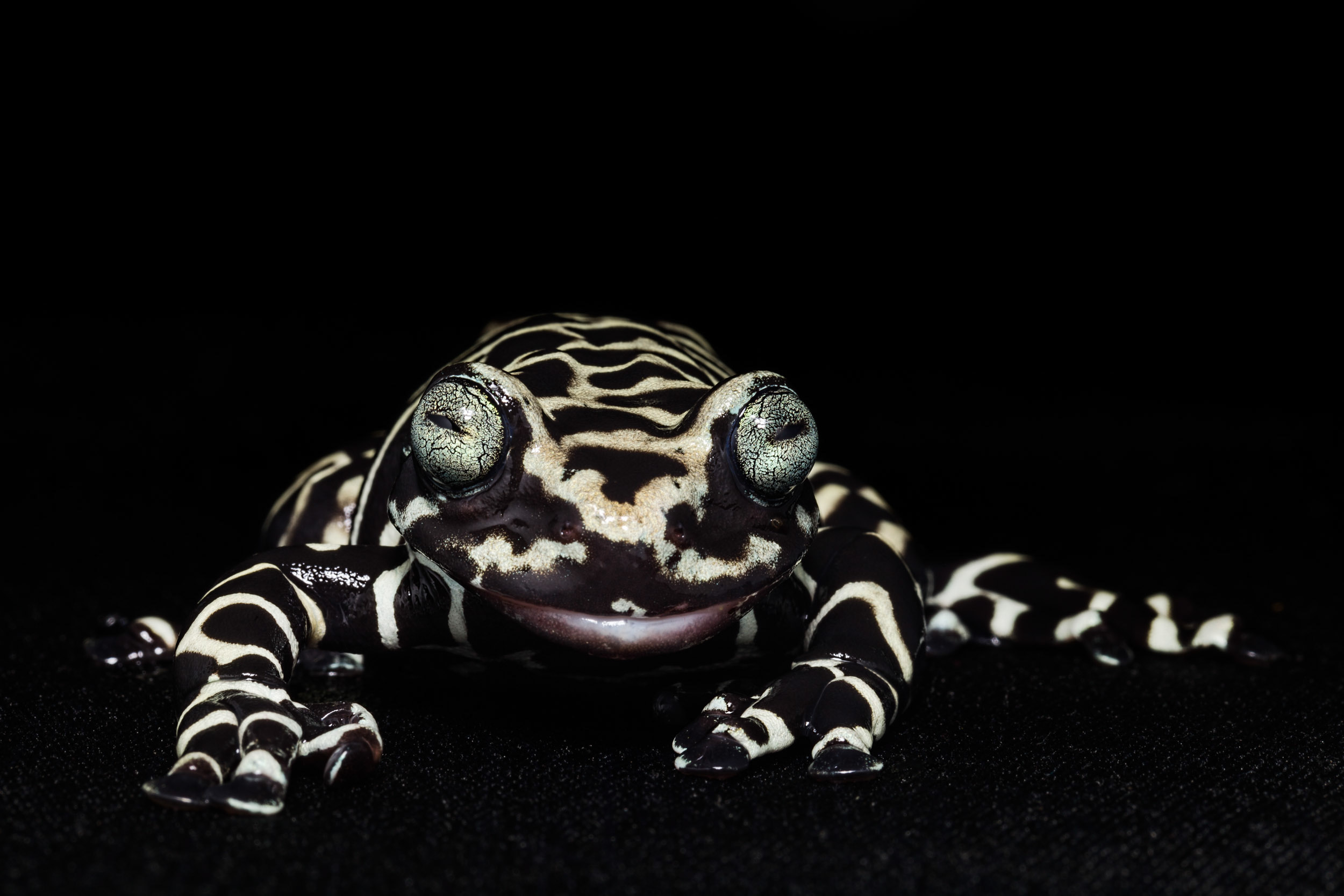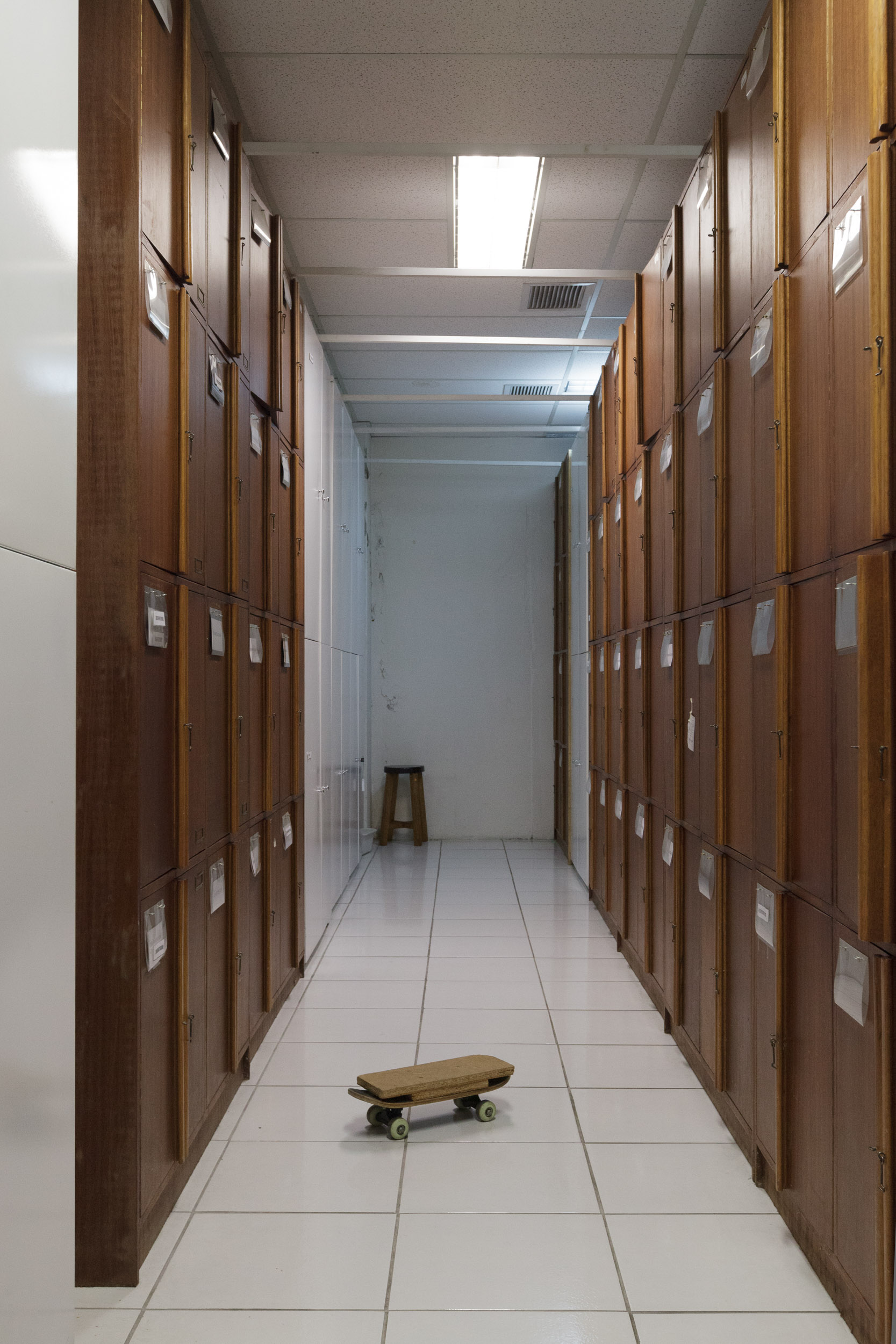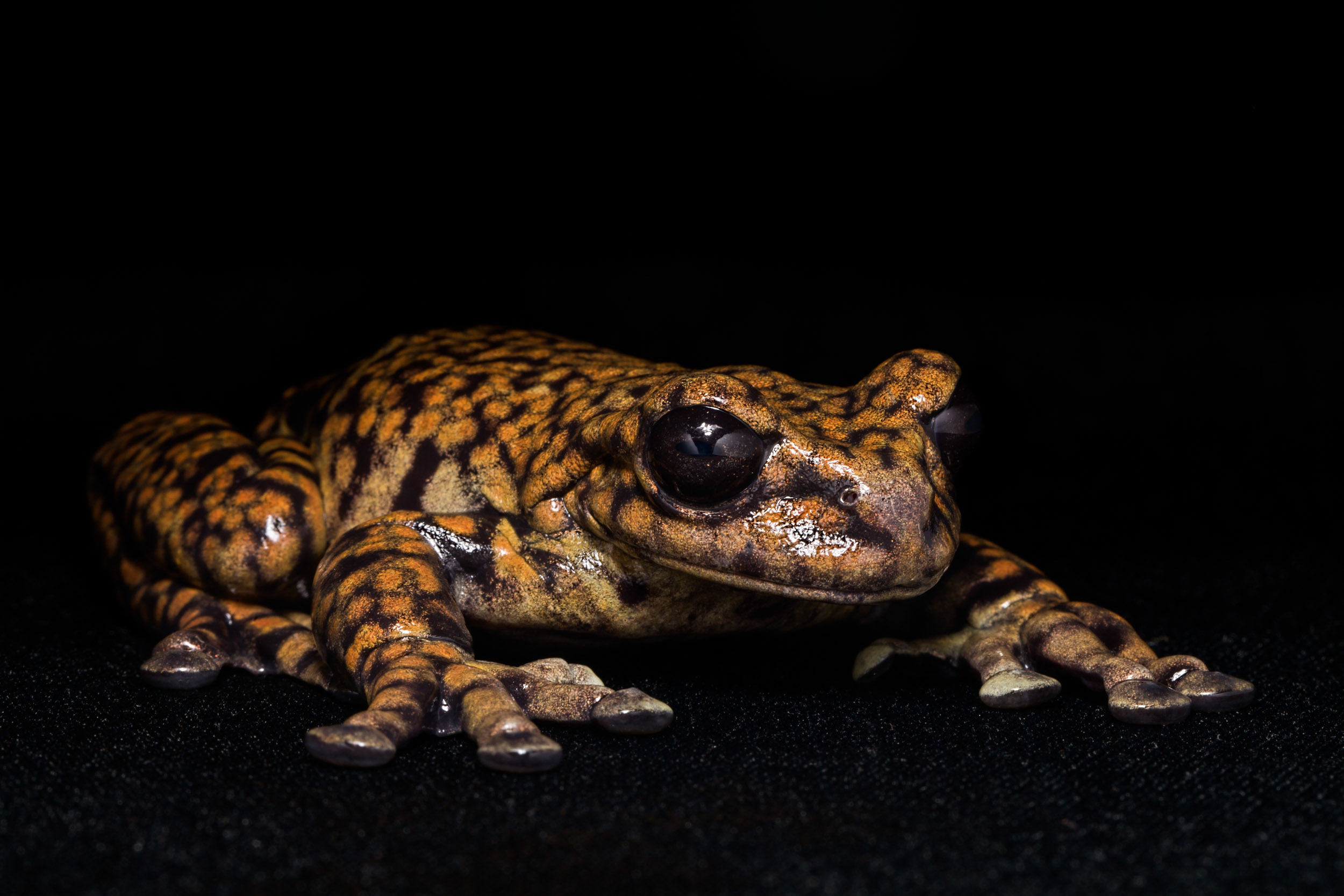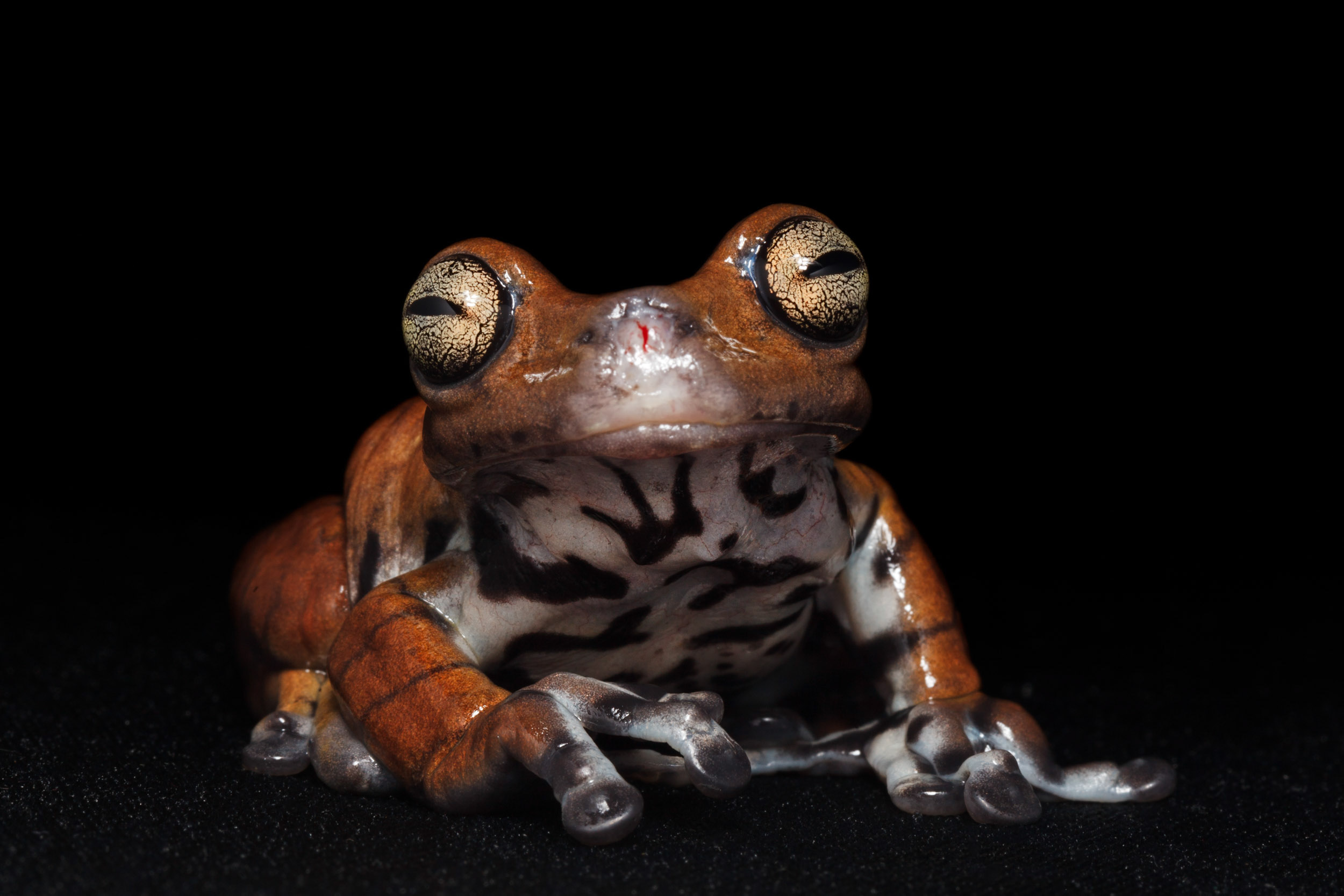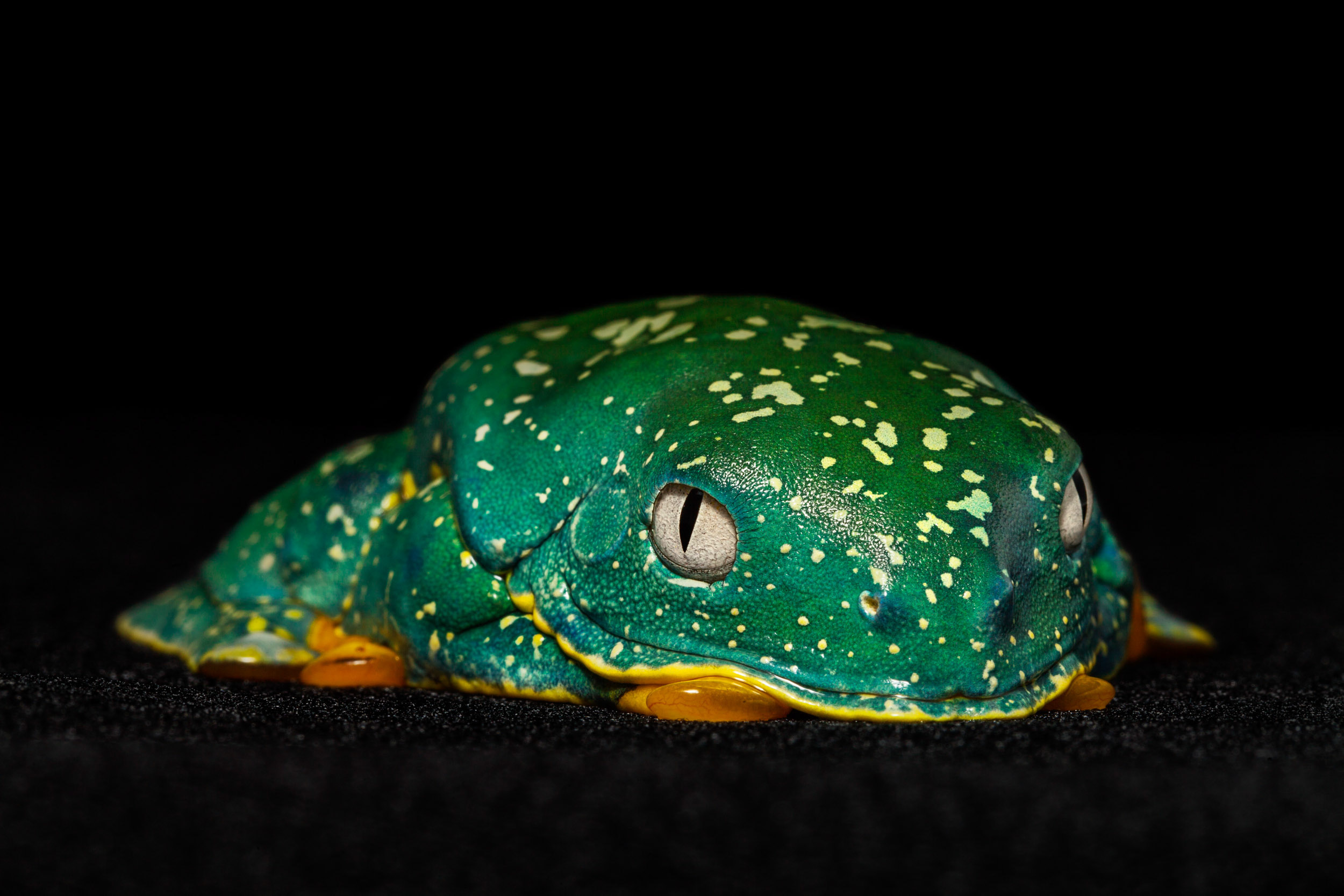Balsa de los sapos
According to UNESCO, Ecuador has the world's highest level of biodiversity based on it's geographical size. In the Amazonian rainforest of this small south american country, there are places where in an area of 2,5 acres, more species of trees grow than in the entire north american continent. Ecuador also boasts 460 species of amphibians, which is almost 9 percent of the world's total. One third of Ecuador's amphibian species are endangered. This led to the start of a research and conservation program at the catholic university of Quito in 2005. The program aims to collect endangered amphibians with the purpose of allowing them to reproduce and returning re-integrating them into their natural habitat.
